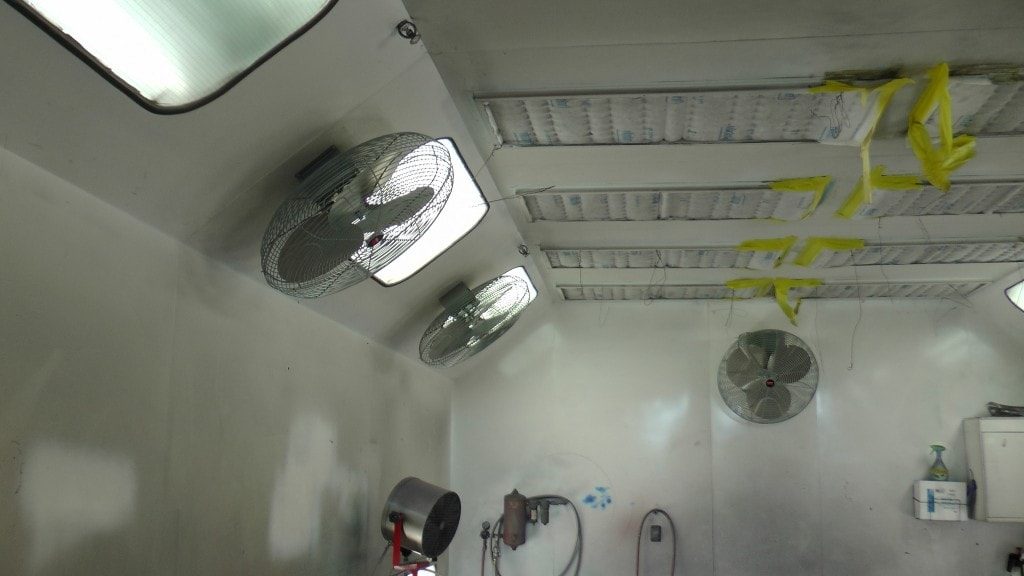Ventilation plays a vital role in the running of an enclosed workplace. It helps to carry fresh, clean air through the space, keep employees happy and healthy, and maintain the efficiency of the workplace on a daily basis.
Here you will find information on the types of workplace which require ventilation, the laws surrounding adequate workplace ventilation and how to go about introducing the right amount of ventilation to your own workplace.
Why is ventilation important in your workplace?
Regulations surrounding workplace ventilation have been put in place for good reason. When adhered to, any hot, humid or stale air within the space will be replaced with clean air at the right rate.
The general rule of thumb is to keep at least 5-8 litres of fresh air within the space, every second for every occupant. This goes for any air that is clean and free of impurities that could cause workers to fall ill or be unhappy with the working environment.
Which workplaces require ventilation?
The vast majority of enclosed workplaces are required to have a certain amount of fresh air passing through the space. That includes anything from an office space to a commercial kitchen, a spray booth to a hospital, for example.
Without proper ventilation, it’s very difficult to get a good amount of clean air into these enclosed spaces, and with many individuals coming and going throughout the day, it’s vital to provide clean air to keep these individuals healthy.
There are some exceptions when it comes to enclosed workplaces and the standard ventilation guidelines. For example, a workplace designed for growing mushrooms needs a humid space for the
Ventilation regulations
The Health and Safety Executive provides details of ventilation regulations, as part of the Health and Safety at Work Act. These regulations state that any business owner or employer who is responsible for the maintenance and upkeep of a workplace and its staff, should regularly undertake risk assessments as a way to control or prevent any risks to their staff’s health. Part of this risk assessment involves assessing the ventilation within the workplace and working to maintain the air cleanliness within the space.
Failure to comply with health and safety regulations could result in a fine or penalty.
How to ventilate an enclosed workplace
There are a number of ways in which to effectively ventilate an enclosed workplace.
The first method is through natural ventilation, which can be done with enough windows and doors throughout the space. If you’re hoping to ventilate your own workplace through natural ventilation, you must ensure that workers are kept away from any cold draughts and if needs be, that the layout of the workspace is adjusted.
The second method is through mechanical ventilation, which involves the use of air conditioning systems or extractors, for example. Mechanical ventilation requires regular servicing and a little more investment than natural ventilation. However, it’s a much more effective way of ventilating a workplace in order to achieve the workplace environment you’re hoping to achieve.


